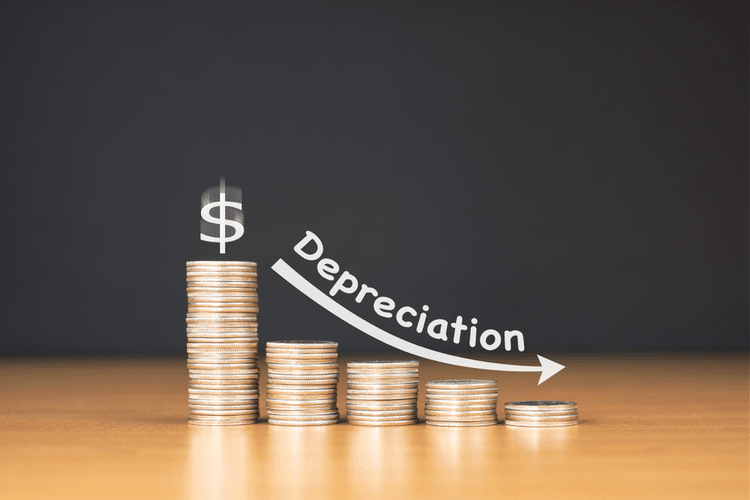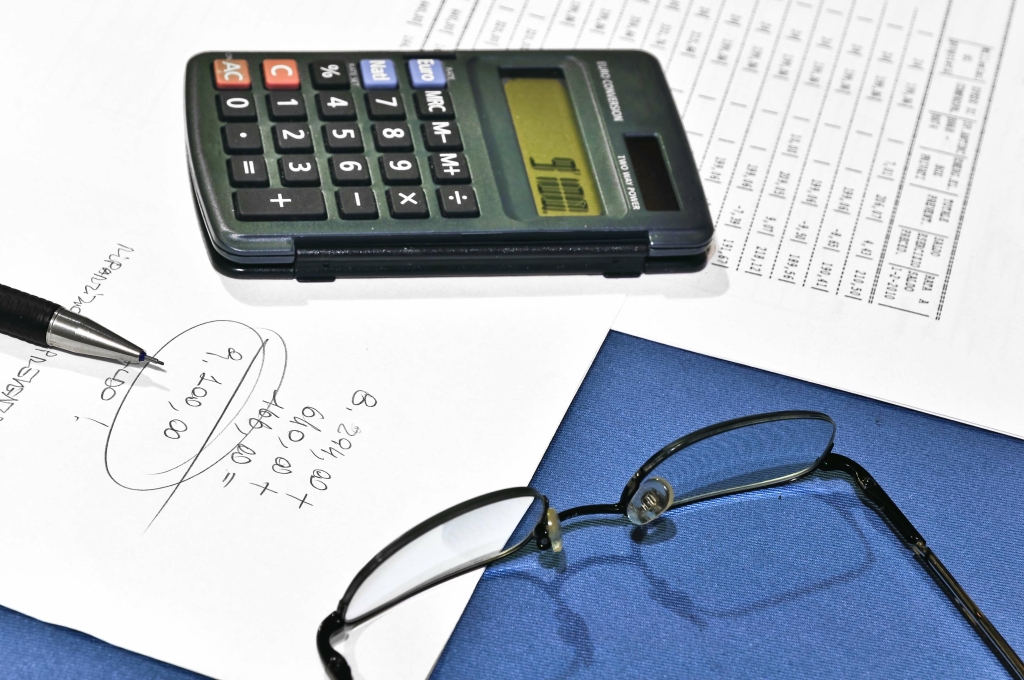
Let’s try to understand the concept of the unit of production method with an example. There have been changes in the regulations for using a unit of production depreciation calculator. An asset acquired on 5th Jan at the cost of $ has estimated the use of hours. Understanding the unit of production is also essential for cost analysis and pricing strategies. It helps in determining the cost per unit and setting appropriate selling prices to ensure profitability. Similarly, in a bakery, the unit of production could be a loaf of bread.
Depreciation: Units-of-Activity: Videos & Practice Problems
When a company purchases an asset like a delivery truck, it must account for depreciation, which reflects the asset’s usage over time. In this case, Johnson and Johnson and Johnson Company acquired a truck for $42,000, with an estimated useful life of 120,000 miles and a residual value of $2,000. The depreciation method used here is the units of production method, which calculates depreciation based on the actual usage of the asset—in this case, miles driven. Aside from unit of production method, there are other methods of measuring the depreciation of assets. Another method commonly used for depreciation is the modified accelerated cost recovery system (MACRS). This depreciation method is commonly used for tax purposes, it is a standard way to depreciate assets using a declining balance for a period of time.
What is Unit of Production Depreciation?

Now you’ve to find the depreciation of the machine according to the unit of production method. As per estimates, the machine was expected to give 7000 kgs or 280,000 units output. In many manufacturing industries, the assets are depreciated not based on their useful life.
How does the units of production method differ from the straight-line method?
- Javier textiles mill bought a machine that cost $100,000 at the beginning of the financial year.
- Unit of production method can be used for internal reporting purposes.
- The unit of production depreciation method is primarily used for assets that are prone to wear and tear to a higher degree.
- As required by the Internal Revenue Service, businesses depreciate assets using MACRS when filing their tax reports.
- There are different methods of depreciation that are used across different companies and for varying purposes.
- However, the amount debited to the asset account is realized as an expense throughout the asset’s useful life.
- Both the straight-line method of depreciation and the units of production method of depreciation offer powerful tools for calculating the value of an asset over time.
In the balance Accounts Receivable Outsourcing sheet of a company, assets and liabilities are recorded. Current assets are short-term liquid assets that can be converted into cash easily. However, the non-current assets have physical and non-physical assets.
- In this article, we’ve tried to explain the concept of ‘unit of production method’ and how companies can depreciate their assets based on machinery and equipment output.
- So before selecting this method, please ensure everything is in control; otherwise, it will be challenging to use.
- It represents the individual items or units that are manufactured or processed in a production process.
- However, the method considers the usage of the asset in different financial periods instead of the average useful life.
- Using this method could help companies report higher depreciation to get higher tax deductions that can help them reduce the increased costs due to higher levels of productivity.
- Therefore, it must be understood that a right phrase is a unit of production and not the units of production.
Units of production or units of output are alternative terms for the square square depreciation method.

Then, multiply this figure by the number of units of goods or services produced during the accounting period to find the period’s depreciation expense. In this formula, the numerator represents the depreciable base, which is the total amount of depreciation that will be allocated over the asset’s useful life. The denominator reflects the total expected output, such as the number of miles driven or units produced. This method allows for a more accurate reflection of an asset’s value as Online Accounting it correlates depreciation directly with its usage, making it particularly effective for assets whose wear and tear is closely tied to their output.

Accounting Basics: “Units of Production Method of Depreciation” Fundamentals Quiz
Once the depreciation per unit is calculated, the overall depreciation expense can be calculated. Units of Production Depreciation Method, also known as Units of Activity and Units of Usage Method of Depreciation, calculates depreciation on the basis of expected output or usage. Over the long run, the depreciation expense recorded is also unlikely to vary much from the amount recorded under the straight-line method, which is far more convenient and simpler units of production or units of output are alternative terms for the to calculate.

Different Methods for Different Assets
The unit of production method plays a vital role in the calculation of depreciation of assets owned by a company. For specific years in which an asset is put into use and have more unit productions, a company can claim higher depreciation deductions. When the equipment is also less production, lower depreciation deductions can be claimed. The unit of production method also enables a business estimate is loss and gains for a period of time.
For example, the factory robot that starts life at $1 million may be expected to produce 900,000 total units of hubcaps before reaching the end of its useful life and being sold for scrap at $100,000. Under the unit of production method, it is expected that the machine will produce 20,000 units during its useful life. We will segregate formula into two parts to understand it in detail. The usage of a unit of production depreciation calculator can act as a basis for understanding other related factors to the concept as well. Overall, the concept of the unit of production provides a fundamental framework for tracking and evaluating production activities, enabling businesses to optimize their operations and make informed business decisions. Different depreciation methods suit different types of assets, depending on how they lose value.
Dejar una contestacion